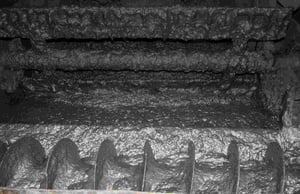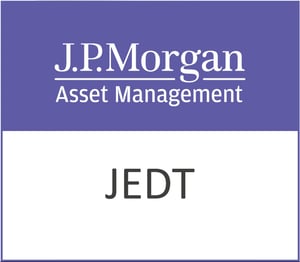Tate & Lyle PLC (TATE.L), a venerable name in the global packaged foods industry, has been a staple on the London Stock Exchange for over a century. As a key player in the consumer defensive sector, the company is renowned for its innovative solutions and ingredients that cater to a diverse set of industries, including food and beverage, spanning across continents from North America to Asia and Europe. However, with current market conditions and financial metrics presenting a mixed bag, investors are left to ponder whether this British stalwart remains a lucrative prospect.
The company’s market capitalisation stands at $2.17 billion, and its shares are currently trading at 493.6 GBp. Despite a modest price increase of 0.03%, the stock has seen significant volatility over the past year, with a 52-week range fluctuating between 481.20 GBp and 807.00 GBp. This variability might raise eyebrows among cautious investors, yet it also suggests potential opportunities for those willing to navigate the ebb and flow of the market.
A closer examination of Tate & Lyle’s valuation metrics reveals some intriguing insights. The absence of a trailing P/E ratio and a sky-high forward P/E ratio of 960.87 may initially cause concern. These figures imply expectations of significant earnings growth in the future, but they also indicate current earnings that are insufficient to justify the current stock price. Such a scenario might deter traditionalists who prefer solid earnings to back their investments.
Revenue growth has contracted by 9.60%, a factor that cannot be overlooked, especially in a sector traditionally deemed recession-proof. However, the company’s return on equity remains respectable at 12.89%, and it boasts a free cash flow of £234.5 million. These figures suggest a company that, while facing challenges in revenue expansion, still manages to maintain operational efficiency and liquidity.
Dividend-seeking investors will be pleased to note Tate & Lyle’s dividend yield of 3.89%, supported by a payout ratio of 49.61%. This balance ensures that while shareholders receive a steady income, the company retains sufficient earnings to reinvest in growth initiatives—an essential strategy given the current revenue contraction.
Analyst ratings paint a balanced picture with five buy and five hold recommendations, and no sell ratings. The average target price of 773.00 GBp hints at a potential upside of 56.60%, suggesting that analysts see significant recovery potential in Tate & Lyle’s stock. This optimism is tempered by technical indicators, where a 50-day moving average of 552.28 GBp and a 200-day moving average of 650.14 GBp indicate the stock’s current price is below key trend lines.
The MACD and signal line values, at -16.85 and -15.47 respectively, further suggest bearish momentum. However, an RSI of 55.79 places the stock in neutral territory, indicating neither overbought nor oversold conditions, which could appeal to investors seeking a stable entry point.
Tate & Lyle’s global reach and diversified product portfolio, including dairy, sweeteners, and industrial starches, position it well to take advantage of emerging consumer trends towards health-conscious and sustainable food solutions. Yet, the company’s ability to adapt to these trends while overcoming current financial challenges will be critical in realising its growth potential.
For investors, the decision to invest in Tate & Lyle hinges on weighing the potential for future growth against current financial metrics and market conditions. With a solid dividend and an encouraging analyst outlook, coupled with the current share price’s potential upside, Tate & Lyle presents a compelling case for those willing to take a measured approach in a shifting landscape.






































